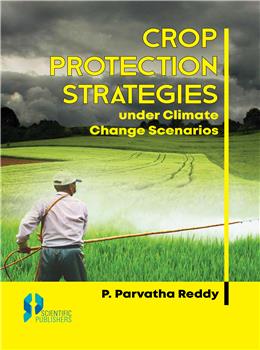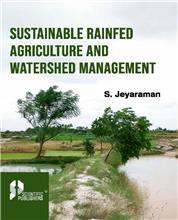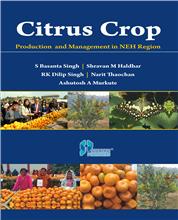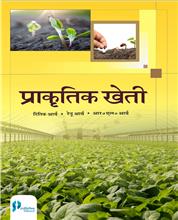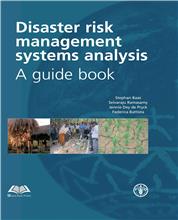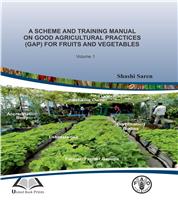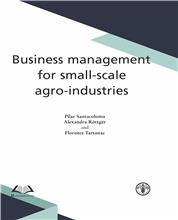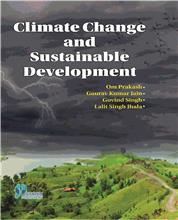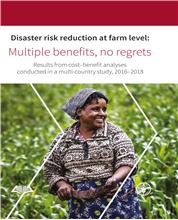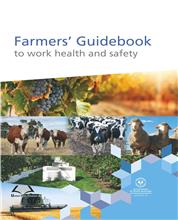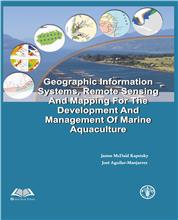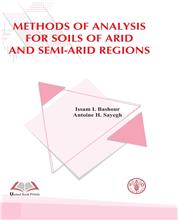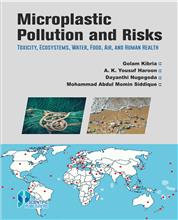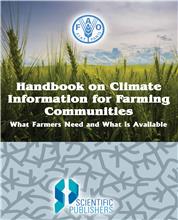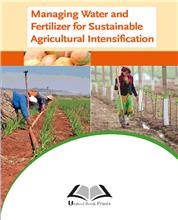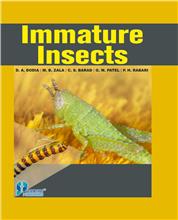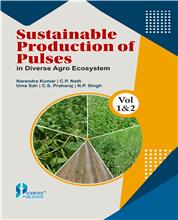The present book on Crop Protection Strategies under Climate Change Scenarios provides the information on i) effects of climate variables [increased temperatures, elevated carbon dioxide levels, varying precipitation patterns and frequency and magnitude of extreme weather events (drought, cyclones, floods, etc.), and elevated levels of atmospheric pollutants (ozone, acid rain, and elevated ultraviolet B) on crop pests; ii) Impacts of climate change induced consequences (expansion of geographical distribution, increase in number of generations, increased overwintering survival, pest population dynamics and outbreaks, risk of introducing invasive alien species, crop-pest interactions, loss of ecological biodiversity, changes in phenology, increased incidence of insect vectored plant diseases, disruption of plant-pollinator interactions, reduced effectiveness of pest management strategies) on crop pests; iii) Development of modelling approaches to predict future pest change scenarios; and iv) Formulation of sustainable adaptation and mitigation pest management strategies including physical, cultural, chemical, biological, host resistance, and integrated methods under climate change scenarios. This book will be of immense value to scientific community involved in teaching, research and extension activities pertaining to pest management under climate change scenarios. The material in the book can be used for teaching post-graduate courses. The book can also serve as a very useful reference to policy makers and practicing farmers.
